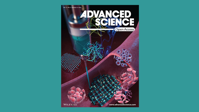Control of nanoparticle cellular uptake and therapeutic efficacy through YAP signaling
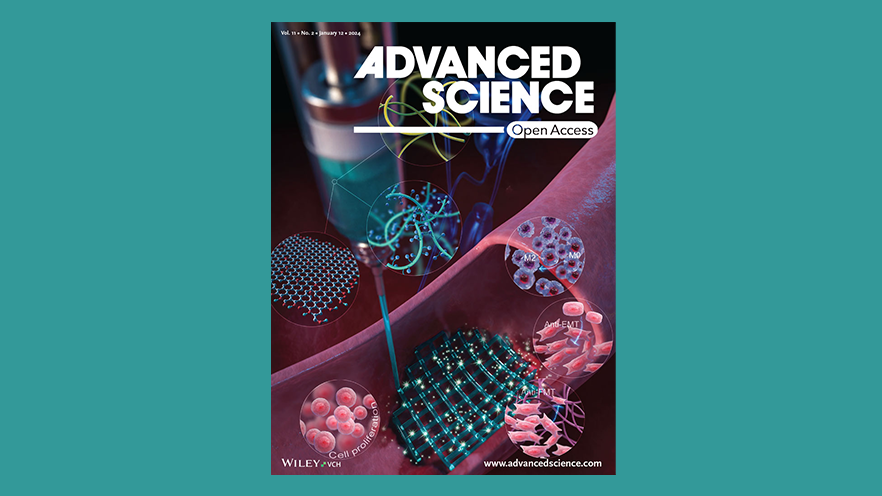
Explore how YAP signaling influences cellular uptake and response to nanoparticles. This research reveals promising findings using AFM-in-SEM LiteScope to control YAP, enhancing nanoparticle therapy efficacy, particularly for triple-negative breast cancer.
Scientific articles
|
19. 02. 2024
|
by Advanced Science
Product
Technology
Related articles

Scientific articles
|
17. 12. 2024
|
by ACS Applied Electronic Materials
Impact of Electron Irradiation on WS2 Nanotube Devices
Material Science
Technology
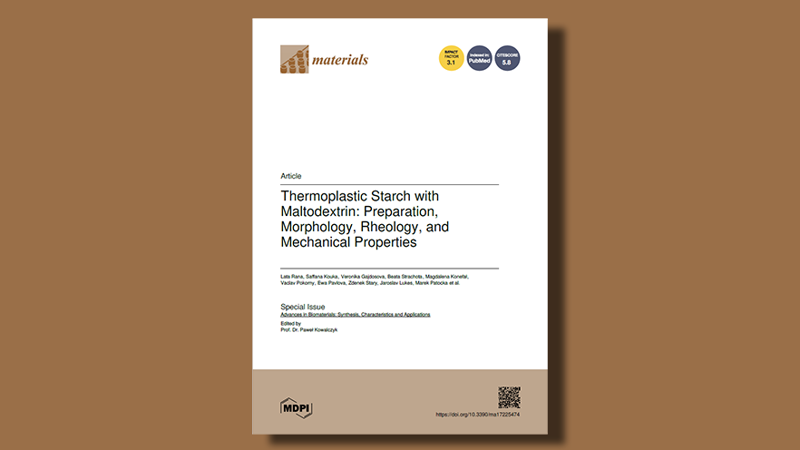
Scientific articles
|
18. 11. 2024
|
by Materials
Enhancing Thermoplastic Starch with Maltodextrin: Key Properties and Performance Insights
Material Science
Technology
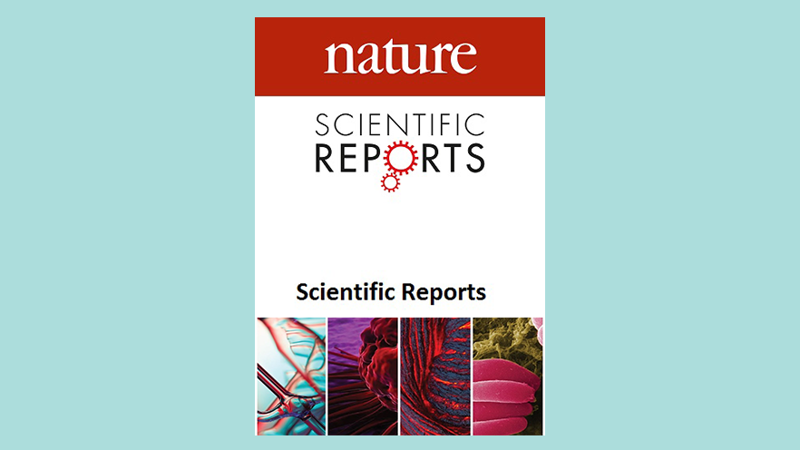
Scientific articles
|
12. 08. 2024
|
by Scientific Reports
3D Surface Roughness Measurement of Core–Shell Microparticles
Product
Technology
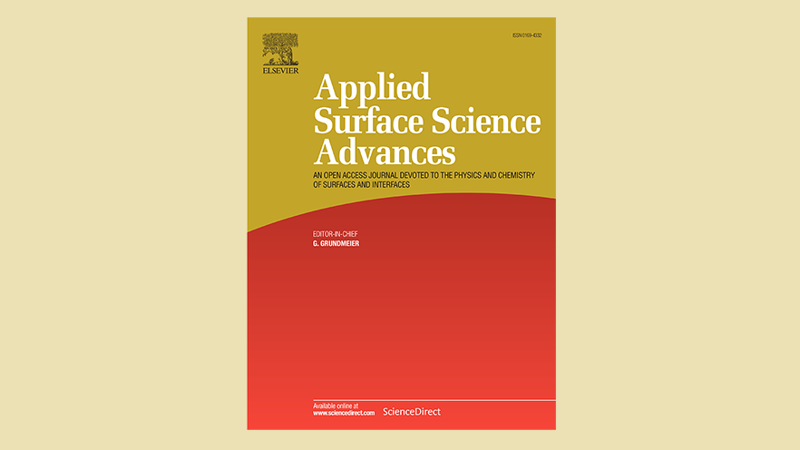
Scientific articles
|
25. 06. 2024
|
by Production Engineering
ZrN coating as a source for the synthesis of a new hybrid ceramic layer
Product
Technology

Webinars
|
12. 03. 2024
Unlocking the Secrets of Battery Materials: A Dive into AFM-in-SEM Characterization Webinar
Material Science

